Why We Use Antibiotics
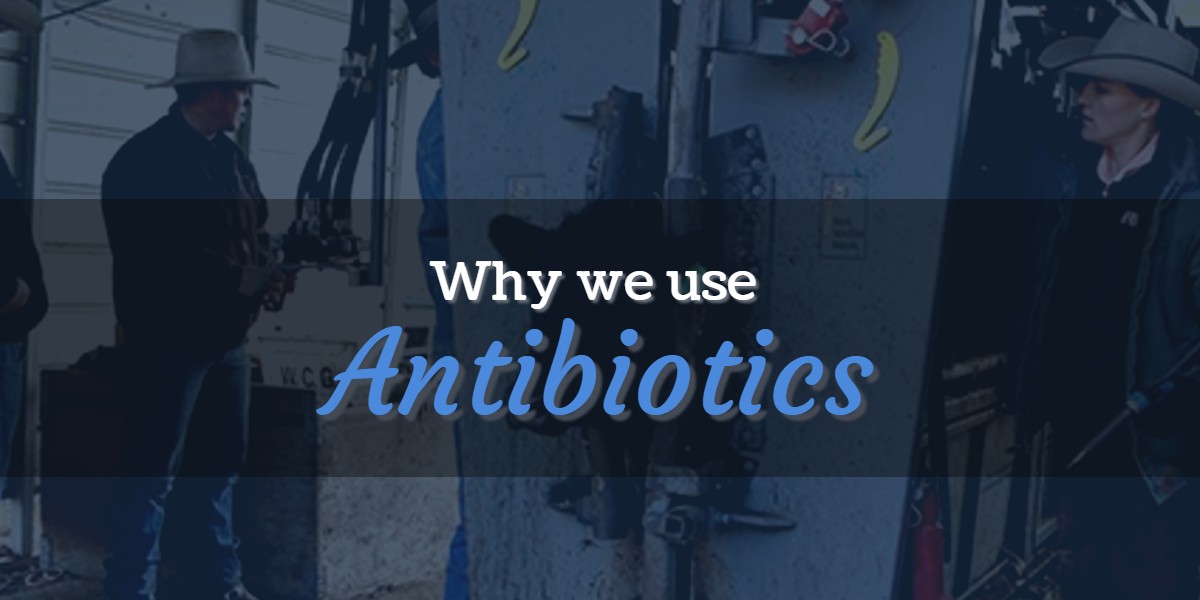
Dripping nose. Puffy, gunk-filled eyes. Limited appetite. Symptoms that worry you as a parent are what we look for in our cattle, so we can help them fight off illness and recover as soon as possible.
Our pen riders are often the first line of defense for identifying illness. They are out in the rain, wind and snow alongside the cattle as part of a team effort to ensure we keep our animals healthy. Whenever they see signs of an illness, they work closely with our veterinarians to determine next steps.
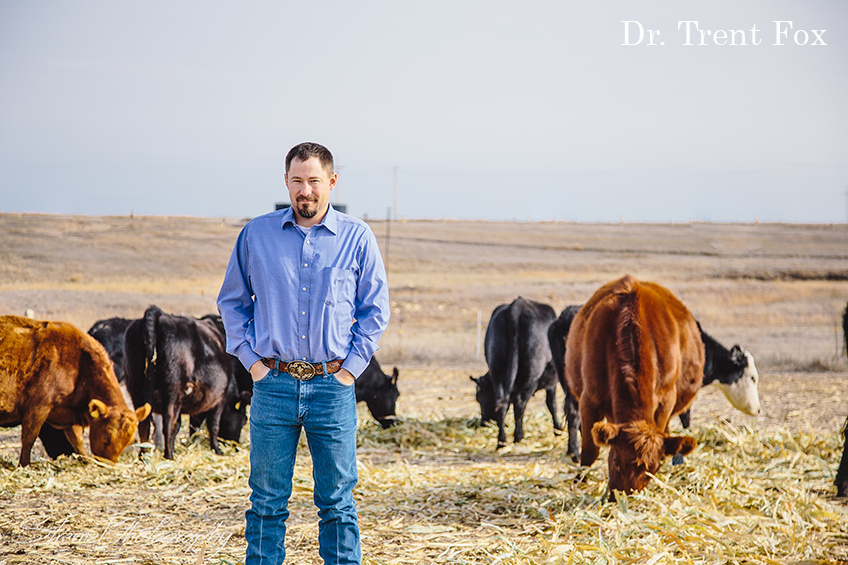
They know what to look for because we use the counsel of outside veterinary experts to shape our animal health program and provide hands-on training. Dr. Trent Fox regularly saddles up and rides with the cowboys when he visits our feed yards to talk through the symptoms and behavior that might indicate illness. This hands-on approach and industry insight is one of the reasons that only 3% of cattle in our feed yards develop an illness or infection that requires antibiotic treatment.
“Our veterinarians gain a broader view of the industry because they visit feed yards throughout the Pacific Northwest as well as the Great Plains,” describes Justin Homm, Director of Research and Data Analytics at Agri Beef. “By working with leading beef producers across the nation, they see a greater pool of cattle and witness trends and learn about emerging techniques or tools that that we can all benefit from. It also makes them uniquely qualified to establish our protocols for antibiotics and other animal care techniques wherever we handle cattle.”
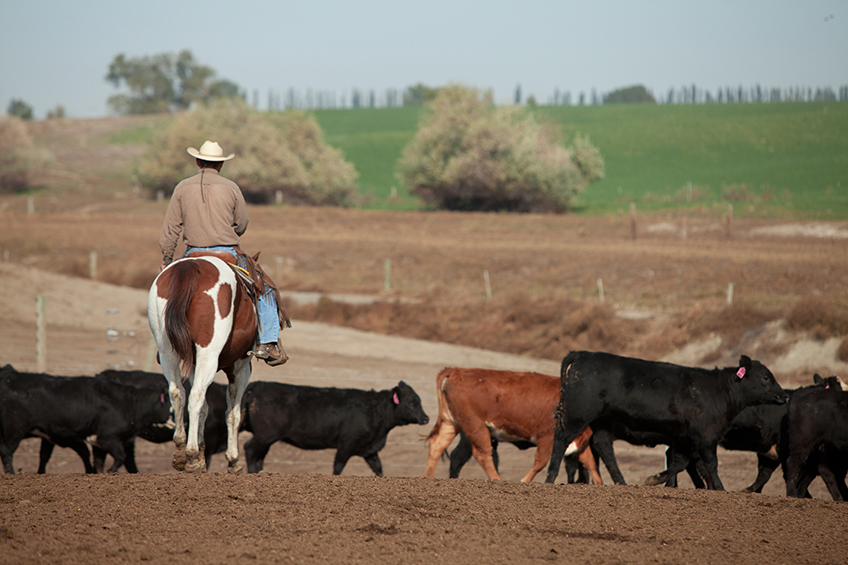
A Focus on Health
Based on what you see on a menu or at your grocery store, you might believe a beef producer either uses antibiotics or they don’t. The reality is a bit more complex.
“Everyone who works for Agri Beef has a passion for cattle, so when someone sees an animal suffering they just want to do the right thing,” says Homm. “We only use antibiotics when it is absolutely necessary – when an individual animal is ill or there is a broader outbreak. In rarer occasions, we may proactively give an antibiotic to an animal determined to be a high risk for infection as it arrives to the feed yard.”
While cattle may share similar symptoms as humans, reaction time is especially critical.
“An antibiotic provides cattle with a competitive advantage against the disease by strengthening its immune system,” notes Dr. Fox. “Because a cow’s lung size is small compared to its overall body mass, especially in contrast to other animals, it is more susceptible to quickly spreading respiratory diseases such as pneumonia. The bacteria cells that cause pneumonia replicate every 20 minutes, so you can calculate the impact of every hour this illness goes untreated.”
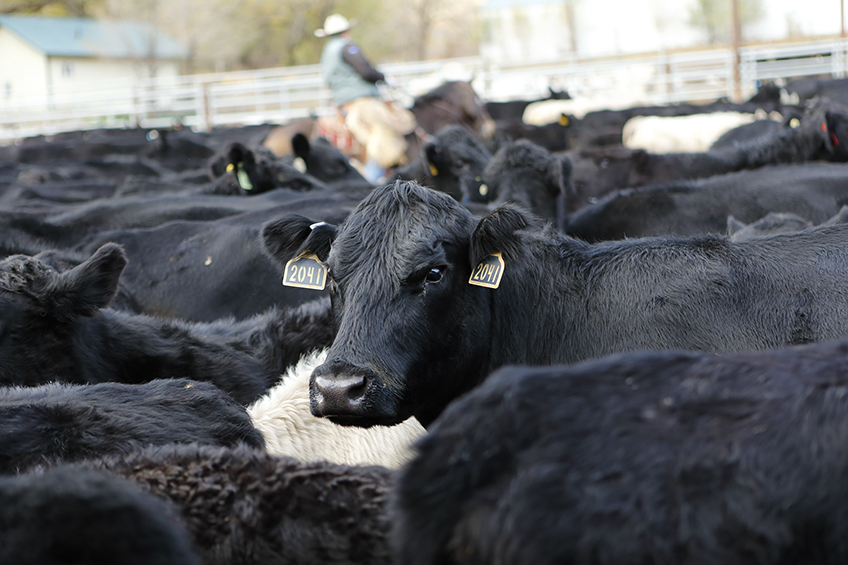
Traditional Versus “Never Ever” Antibiotics Programs
There is a common misperception that operations raising cattle for “never ever” programs don’t use, or don’t need to use, antibiotics because of how the animals are raised. The truth is no animal population is free from sickness or disease. These operations do treat sick animals with antibiotics when necessary, the cattle are just removed from the program and placed in a conventional program.
Some industry experts, including Dr. Fox, fear the economic incentive of keeping cattle in a “never ever” program might delay or withhold treatment for an easily treatable disease. At worst case, ill cattle could be sent for processing and potentially enter the food supply.
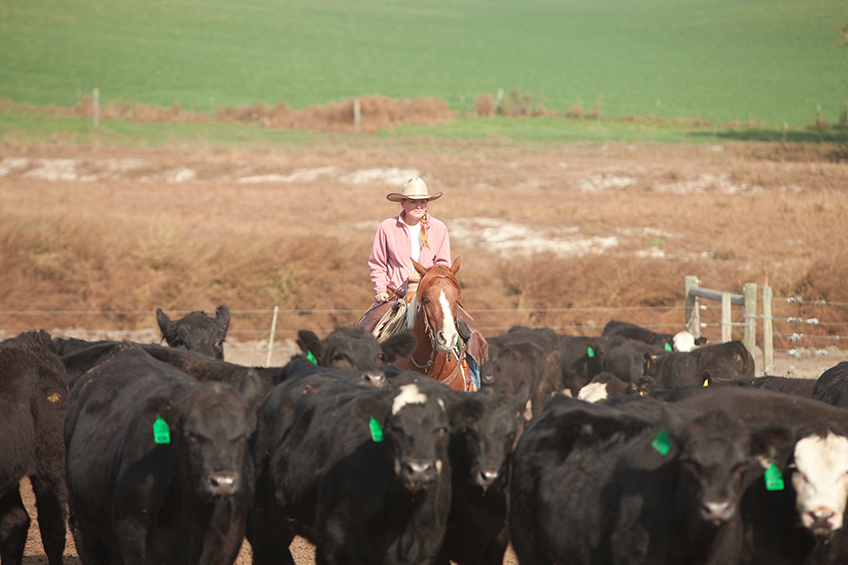
Science and Oversight
Similar to growth hormones, antibiotics are extensively tested and regulated by the FDA, with clear dosage guidelines on the label and how long the antibiotic stays in the system. Just as an antibiotic takes its course in you or your child, the medicine is naturally flushed from the body.
Dr. Fox and other partners also use the national Beef Quality Assurance program for guidance on specific details including needle size, the preferred site of injection and other aspects. These are incorporated into Agri Beef’s program and regularly reviewed and updated based on the latest industry insights.
Similarly, all beef processing facilities are subject to federal law to ensure antibiotics are not passed along in the food supply. Agri Beef, like many other suppliers, maintains thorough records of a cow’s medical history to ensure none are shipped for processing while antibiotic is still in their system. Beef processed at any facility, including ours, is also tested as part of federal law to ensure there is no antibiotic residue in any beef product that will be consumed.
“It all goes back to providing healthy, wholesome and nutritious beef,” notes Homm. “Using the latest research, science and expertise allows us to provide the right care at the right time and to make sure our food supply is safe for our friends, family and customers.”
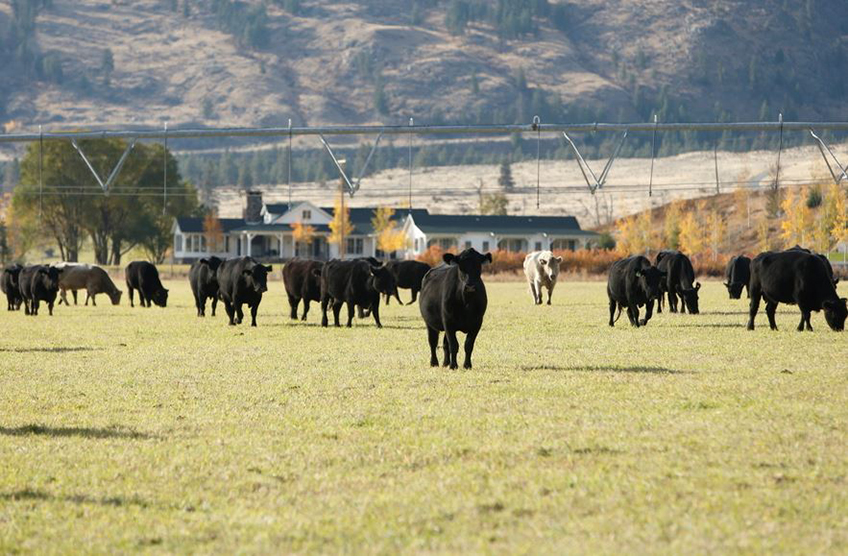
Tagged as: Ranching Animal Well-Being Cattle Feeding